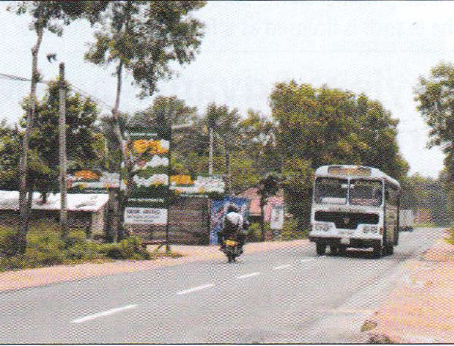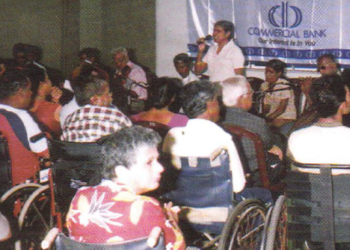
The World Bank announced a Road Sector Assistance Project, which aims to improve and maintain highways and over 600km of national and rural roads in a 2006-2012 year program.
It is partnering with Sri Lanka providing USD 100mn credit. This is the largest ever given to Sri Lanka. The Government of Sri Lanka is financing 30 percent of the project cost with a USD 44 mn injection to the project and plans to establish a vital Road Maintenance Trust Fund for the first time. The roads selected for improvements are spread across Southern, Central, Sabaragamuwa, North Central, Uva, Eastern and North Western Provinces.
The Road Maintenance Trust Fund which is set up under the Trust Ordinance, will be an interim mechanism to ensure financial allocations are made for the maintenance of National and Provincial Roads. The Government has undertaken to increase the annual maintenance expenditure from a projected USD 13mn in 2005 to USD 30 mn in 2006 and USD 46 mn in 2010, to upgrade and maintain the core road network.
The Ministry of Finance will be responsible for the implementation of all activities related to the setting up and the financing of the Fund while a Board of Trustees at the Central Bank will manage the Trust Fund. A Technical Advisory Committee consisting of industry stakeholders will be appointed to evaluate and approve competing three-year proposals put forward by the road maintenance agencies. The Ministry of Highways as well as the World Bank will monitor the progress of the project. Supervision by the World Bank would focus on physical progress, financial management, procurement and management of environmental and social aspects of the project. The project is expected to be completed by 2012.
The credit for the road sector assistance project from the International Development Association (IDA) would provide USD 100mn (SDR 69.lmn). The credit has a grace period of 10 years with a maturity period of 40 years and carries a service charge of 0.75% with no interest being charged. The Road Sector Assistance Project is closely coordinated with the Asian Development Bank and the Japan Bank for International Cooperation and signifies the World Bank’s re engagement in the transport sector after an absence of more than a decade.





